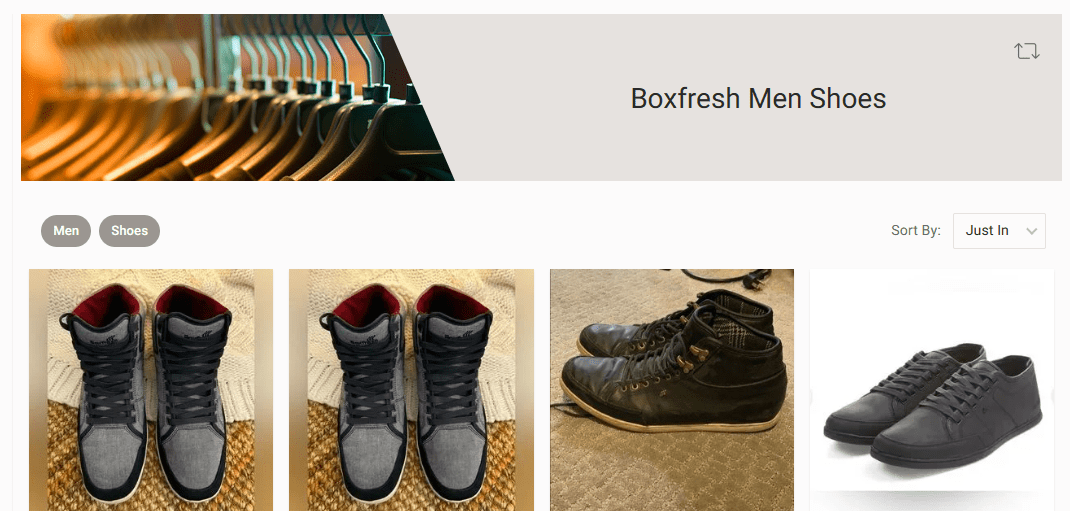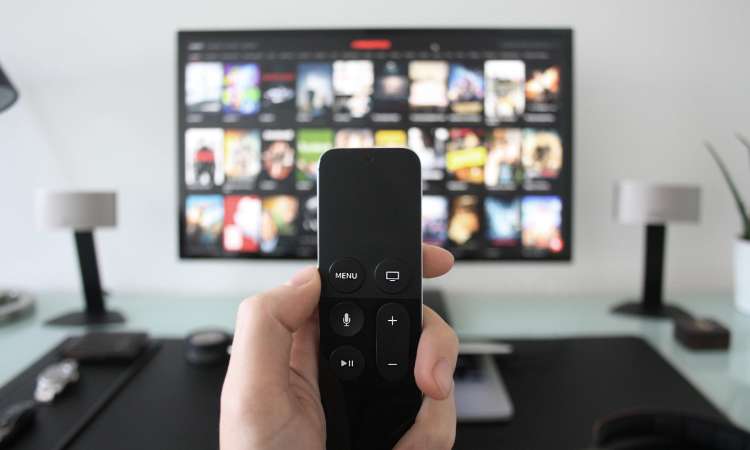
How tough is it for you to choose the perfect ad space for advertising your business?
It is essential to ensure that your advertisement reaches your intended target audience. You should be able to achieve a high click-through rate while increasing customer engagement. The best way to do this is through Programmatic Advertising!
Unlike other types of advertising, Programmatic Advertising uses algorithms to automate the process of ad buying. Here are a few Programmatic Advertising Case Studies that can help you understand what this can do to your business:
Page Contents
Programmatic Advertising Case Study #1: Boxfresh

The Problem
BoxFresh is a footwear brand for men, which had lost its ground to Nike, Adidas and other sports brands over the past few years. This was because of the high priority BoxFresh had given to its brick-and-mortar stores rather than online selling.
The Plan
The plan was to re-establish BoxFresh in the UK and German markets, by establishing a connection with its target audience. The goal was to increase repeat business by driving loyalty.
The Approach
To achieve its goal, BoxFresh started a programmatic display campaign and started segmenting its Video Ads on Facebook, based on consumer interests and demographics. The campaigns were focused on providing customized messages to the audience, considering the stage they were at, in their buying cycle. Instead of retargeting purchasers and cart abandoners, the brand took to building and optimizing lookalike audiences.
The Result
- The click-through rate of Programmatic display adverts was 233 per cent more than the Google Benchmarks of the UK and 800 per cent more than that of Germany
- 85 per cent of the website visitors (who came through prospecting activities) were new users
- There was a 20 per cent increase in the average order value
Programmatic Advertising Case Study #2: ASUS
The Problem
The market share of ASUS in the Indian Smartphone Market was only 0.3 per cent. This is despite having more than 35 handsets and 34 per cent of sales coming from online customers.
The Plan
The plan was to launch a programmatic campaign to create brand awareness and attract customers at the buying stage.
The Approach
The target audience was segmented based on featured buying habits, price range and buying characteristics on Flipkart.
The ads were programmed to be displayed to the customer in real-time. For instance, in case the user added a Xiaomi smartphone with a 3500 maH battery into the cart, ASUS would target the user with an ad that offered 5000 mAh batteries at a better price.
The brand would be informed whenever an ASUS phone was added to the cart, for more effective results
The Result
ASUS managed to achieve its target of selling more than a million units
Targeting efficiency was up by 300 per cent
The market share of ASUS increased from 0.3 per cent to 3 per cent (10x growth)
Programmatic Advertising Case Study #3: The Economist

The Problem
There were quite a few reluctant readers who were not subscribing to ‘The Economist.’
The Plan
The plan was to increase the subscriber base of The Economist, reach out to 650,000 new prospects and change their perception of the publication
The Approach
- A programmatic display campaign was launched using the content and headlines of the Economist. The content chosen included humour, wit and an element of curiosity.
- Audience data was analysed to find out the responses of subscribers towards the web and mobile app of the publication. This data gave information on the kind of content the subscribers were attracted to and the time.
- The content of the publication was linked to the stories that were being read by ‘the reluctant readers.’ The creative of the advertising was built in real-time so that the right content was shown to the right people. For instance, if a reader was reading a story about a police shooting in the Guardian, the ad displayed would be linked to an Economist story on US cops.
The Result
- They managed to reach out to 650,000 new prospects on a budget of £1.2
- Out of these 3.6 million took action
- They achieved a 10.1 per cent Return on Investment
- The Economist won ‘The 2016 Gold Best Use of Programmatic Award’ upon launching another display campaign focusing on millennials and social networks.
Programmatic Advertising Case Study #4: Missing People

The Problem
There were a lot of missing children across the UK who needed to be rescued. But the budget of the British charity ‘Missing People’ was very small.
The Plan
To use Programmatic OOH advertising to reach out to a maximum number of people and increase impact.
The Approach
- Most people responded to messages that were relevant to the location they lived in. So a location-based appeal was made to the target audience through programmatic OOH advertising
- The charity moved from print to digital to reach out to those who disregarded print appeals.
- Programmatic OOH allowed their ads to be adept so that the creatives could be changed as soon as a child was found
The Result
The response rate increased from 50 per cent to 70 per cent
Programmatic Advertising Case Study #5: O2

The Problem
The engagement and click-through rates of O2’s TV ads were low
The Plan
The plan was to make O2’s ‘tariff refresh’ TV ad more attractive and engaging for its mobile audience. O2 even intended to repurpose its TV ads for the same purpose.
The Approach
- A system was created to capture data about location, mobile usage and other things to display personalised messages as well as video ads as per the profiles of its users
- Several versions of personalised video ads were created for real-time integration with the user’s device and location
- A website was launched wherein users could create their rugby-inspired avatars. O2 captured data from here and launched a campaign to target people who accessed the website.
- Personalised video ads were shown to these people to invite them to the avatar site. The ads addressed the visitors by their first names. The ads also had a personalised CTA (Call-To-Action) button to find out if they created the avatar or not.
The Result
- The click-through rates of personalised ads increased by 128 per cent
- The engagement rate of TV ads increased by 11 per cent
Conclusion
These Programmatic Advertising Case Studies show how different businesses across verticals can achieve different goals through simple yet brilliant creative programmatic campaigns. It is all about reaching the right people at the right time, with the right content that compels them to take the desired action. And the best part, as per all these programmatic advertising case studies, is that the process is completely automated, with zero errors.
So, are you ready to try the magic of programmatic advertising? We are sure you are!
